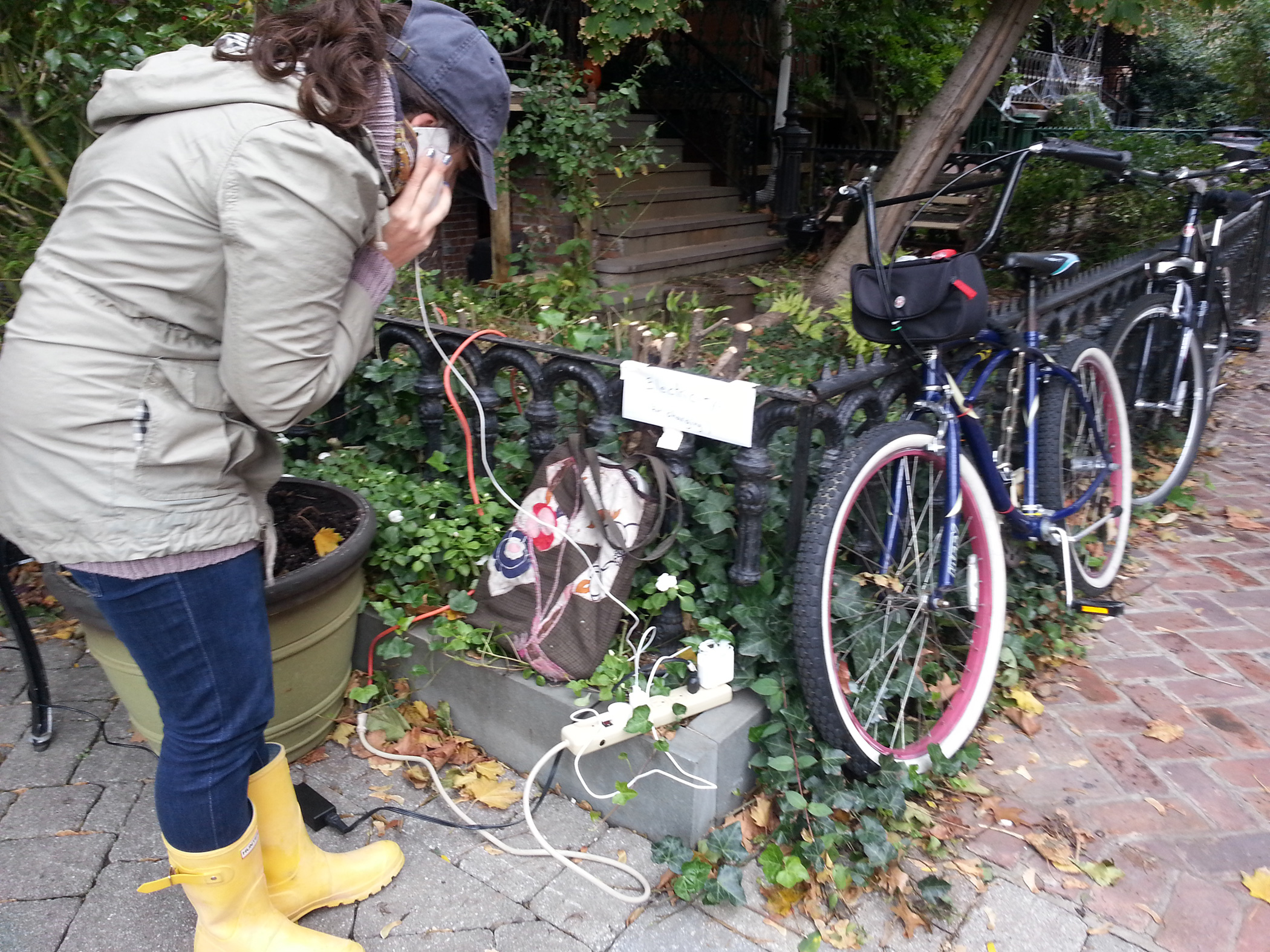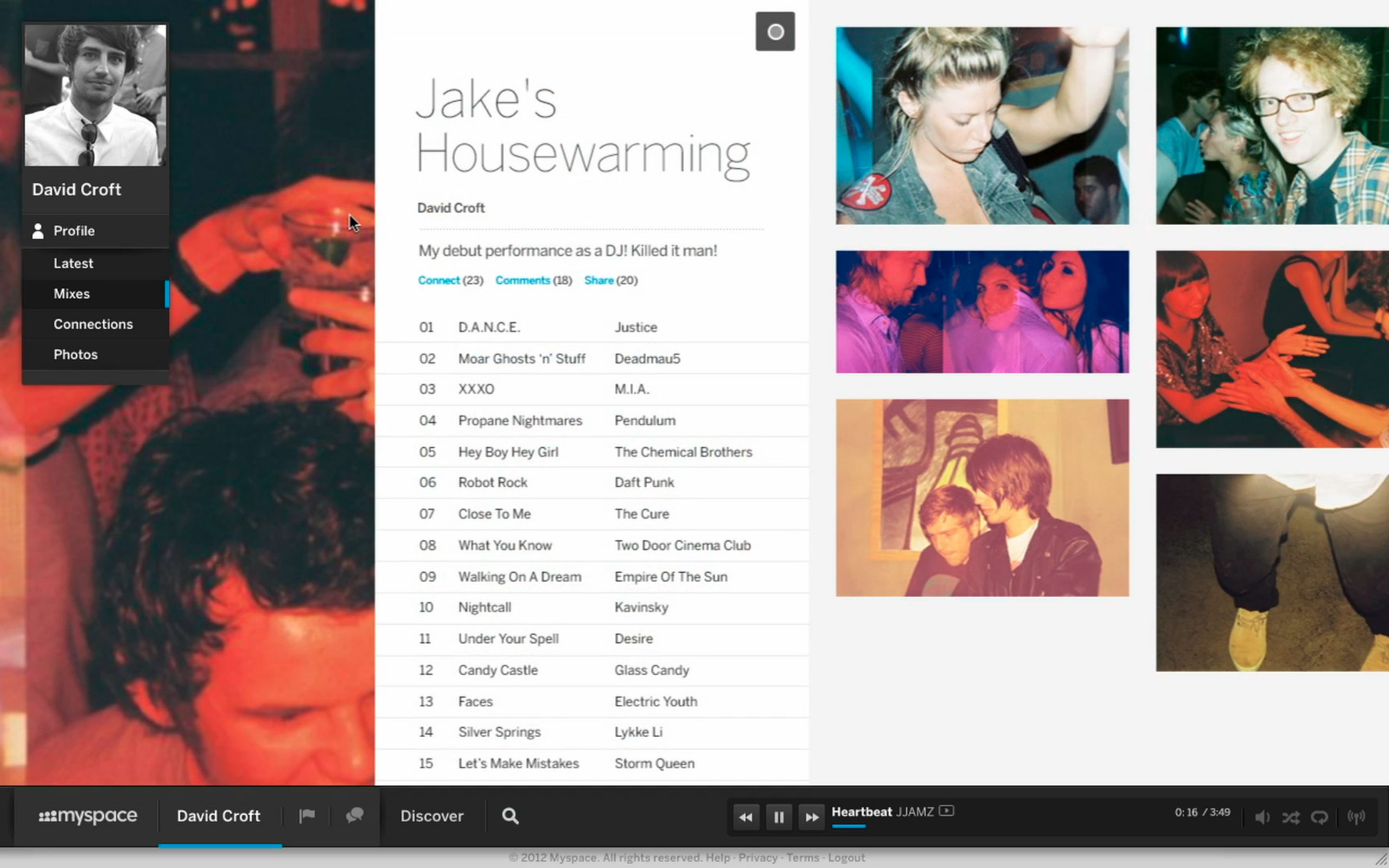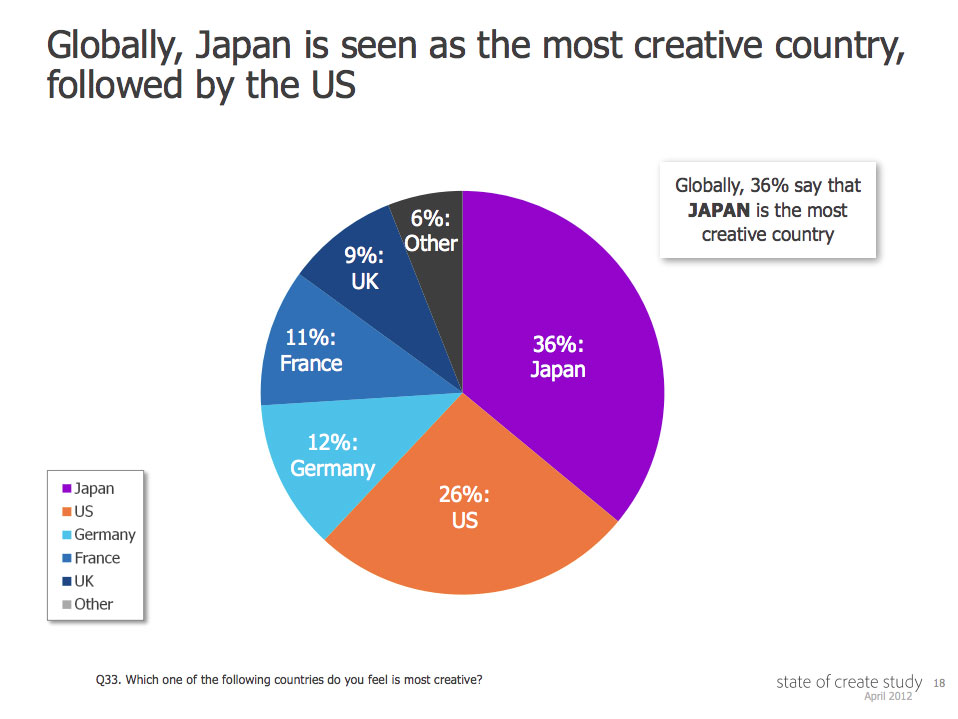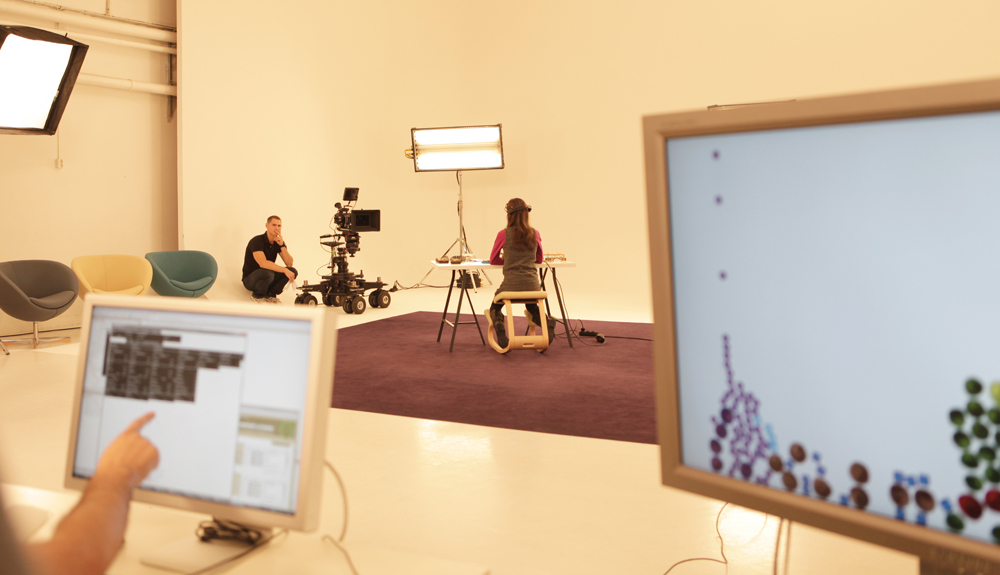
Experiencing Hurricane Sandy first hand on the east coast is ceuyrtainly a profounwd experience. It raises fundamental questions about global warming, and the role it has to play in politics in the future to maintain a functional coastal society. But it is also a reminder how fundamentally communication changed.
1) Twitter is authentic and instant
Twitter is not just quicker than traditional media, it’s authentic and provides an excellent snapshot of the current situation. Especially international media seems to partially dramatize or generalize too much, leading to a skewed version of reality. With a large set of samples, Twitter provides instant insight in the current situation – while traditional media would need hours or days to even get on location.
2) Access to smartphones is crucial
Interesting is also the increased importance of connected devices. Access becomes an essential need, and improvised charging stations played an increasingly important role during Sandy recovery in powerless regions to maintain the ability to interact with social media and instant news. It provides a crucial information advantage over less connected individuals.

3) TV-Everywhere is real
Without power, television fails, but cell phone towers normally survive, either with backup power, or due it’s long reach from regions with power. LTE/4G in combination with a mobile device and TVE remains as crucial source of information (=CNN live stream). And it brings up an essential question – why is not all content delivered wirelessly.

4) Everyone becomes a reporter
With high quality camera equipment in every smartphone, and high speed cell networks, everyone can provide instant high quality imagery and videos. Here is a very real example: I was personally able to take photos right after Sandy, and instantly sent it from my smartphone with comments to a local German newspaper. It got published online only 2 hours later after the photos were taken – on the other side of the world.
5) Crowdsourcing
With digitally connected individuals in similar situations, crowdsourcing becomes are highly effective way to create structure in a highly chaotic environment – it becomes a crucial tool to locate charging stations, provide power grid and food updates. Digitally, instantly, collaboratively.
Digital communication has come a long way, and it’s exponentially accelerating. Let’s hope we face our increasing environmental challenges with a similar passion.
And yes, this was probably the most off-topic post you’ve seen so far. Let’s hope we’re back to normal next week.







@marcelfahle @missionFifty I’m out of town for a couple of days, and hope power is back when I return. Fingers crossed.